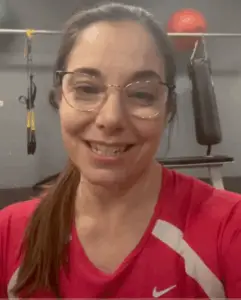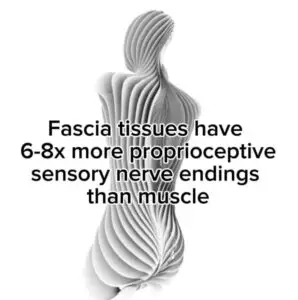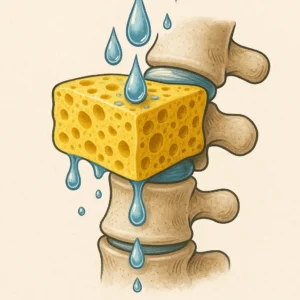When you think about independence, you might picture financial freedom or the ability to travel. But … [Read More] about Regaining Independence: Mary’s Journey to Freedom
it’s not just working out. It's building a foundation for a better life.
View Your Past Invoices
Back to Your Account
- Past Invoices
| Date | Description | Invoice Total | Amount Paid | Amount Due |
| %%date.created%% | %%description%% | $%%invoice.total%% | $%%total.paid%% | $%%amount.due%% |


